Canon 650D vs Nikon D5200: which one should you buy?
Mid-range cameras go head to head
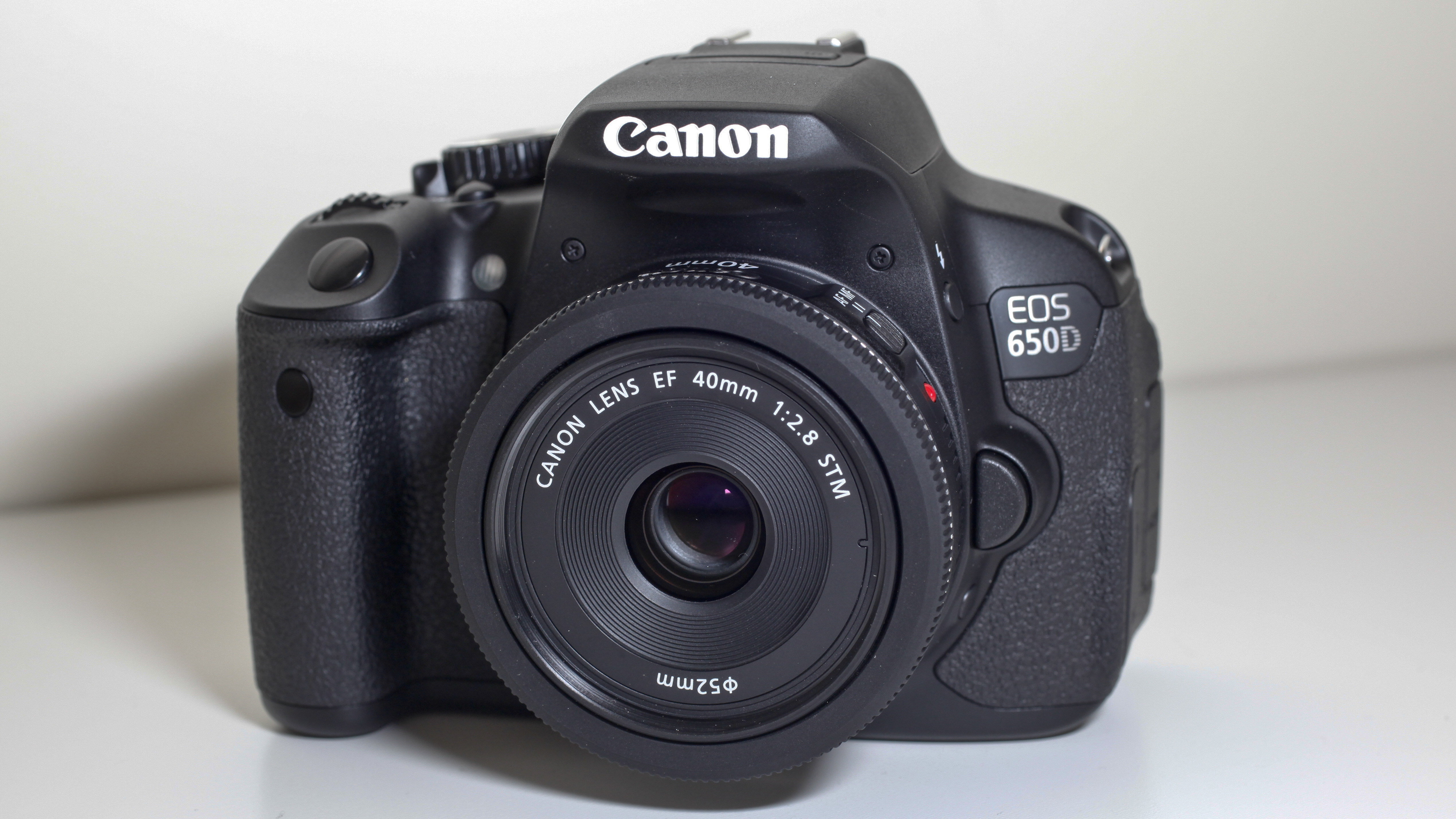
It's been a pretty significant year for new DSLR releases, with several launches from Nikon and a couple of significant introductions from Canon.
The advanced amateur market is one of the most hotly contested, since cameras sold in this segment are often the start of a long-term commitment to the brand.
Cameras such as the Nikon D5200 and the Canon EOS 650D offer something a little bit extra than the most basic cameras in each company's lineup.
Deciding which one to buy can be difficult, especially if you don't already own any lenses.
Here we take a look at the key differences between the two cameras to help you make your mind up.
Canon EOS 650D vs Nikon D5200: Sensor
There's been a bit of a trend this year for high resolution sensors, and the Nikon D5200 features a 24 million pixel DX (APS-C) sized sensor. Meanwhile, the Canon EOS 650D has a more conservative offering, with its 18 million pixel APS-C device.
Both have a pretty high pixel count that is sufficient for the average user.
Sign up for breaking news, reviews, opinion, top tech deals, and more.

However, it's worth bearing in mind that the 24 million-pixel Nikon sensor gives you the manoeuvrability to crop into images and still retain a high pixel count - useful for shooting distant subjects with a short focal length lens.
On the other hand, increased resolution also increases the risk of higher image noise. We'll be keen to fully assess how the D5200's performs in our lab tests when one comes in for testing.
Canon EOS 650D vs Nikon D5200: Processor
Both the D5200 and 650D feature each company's latest generation image processing engine. This facilitates Full HD video recording and helps keep image noise to a minimum when shooting at high sensitivities. In terms of frame rates, Nikon offers greater choice with 60i and 50i available alongside 30p, 25p and 24p. The Canon meanwhile only offers 30p, 25p and 24p.
Canon EOS 650D vs Nikon D5200: Screen
Both the D5200 and the 650D feature a fully articulating 3-inch screen. However, the Canon 650D trumps the Nikon D5200, since it's the world's first touchscreen DSLR.
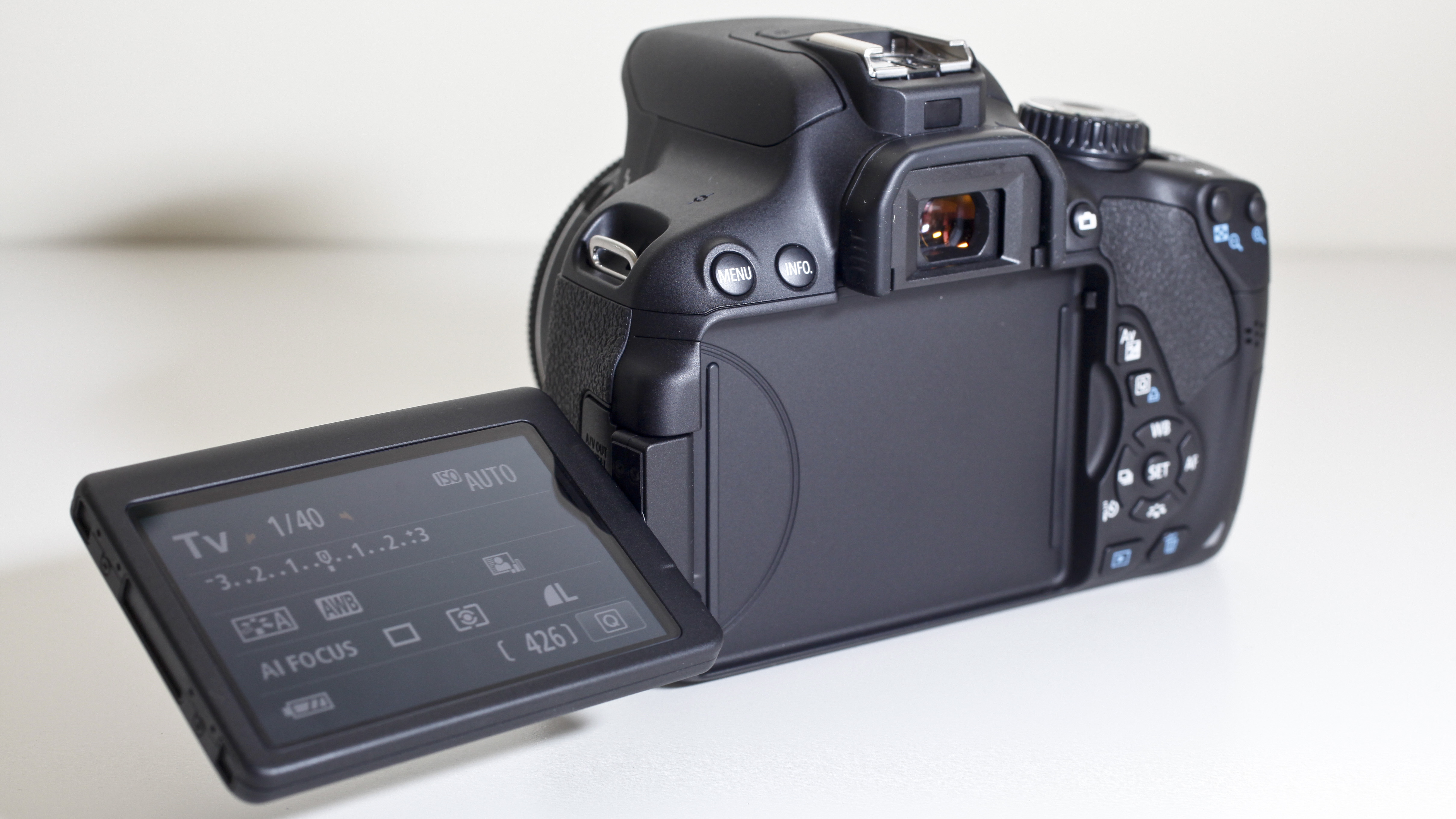
This is particularly useful when shooting in Live View mode, because you can set the autofocus point quickly, or even release the shutter itself via the screen. It's also handy when quickly checking critical focus of images played back as you can pinch to zoom in, or swipe through the images.
The Canon 650D screen also has a higher resolution than the Nikon D5200's, with 1040k dots compared with 921k dots.
Canon EOS 650D vs Nikon D5200: Autofocus
The Nikon SLR is the clear winner here in terms of autofocus points, with 39 to rival the 650D's mere 9 points. Both have the same number of cross-type points though - 9.
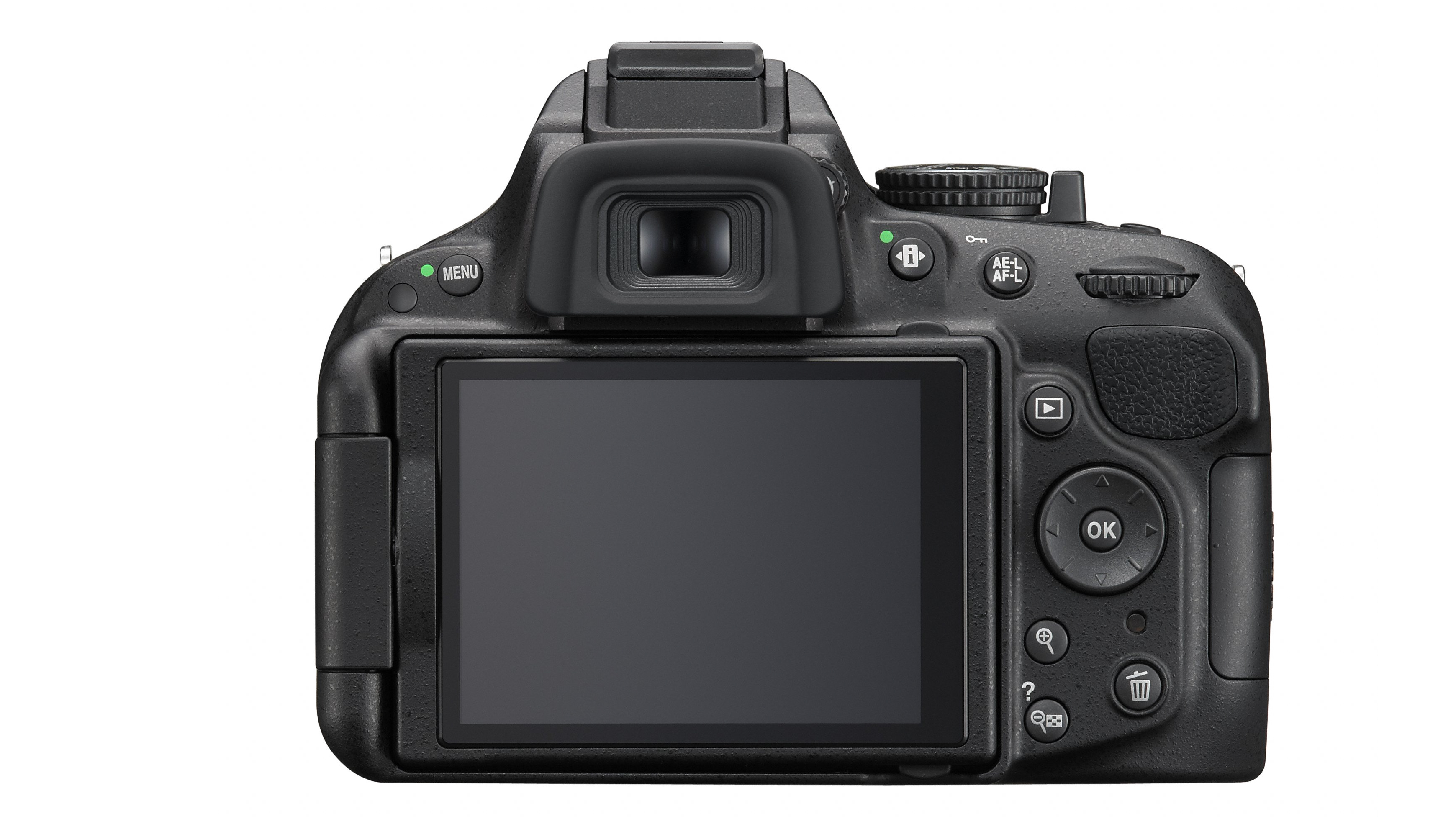
Canon debuted its hybrid autofocus system, which later made its way onto the Canon EOS M, in the 650D. This combines both phase and contrast detection, and is designed to make focusing in Live View and video mode quicker and more accurate.
Nikon has stuck with the more usual contrast detection AF in Live view mode so it will be interesting to see how its performance compares with Canon's Hybrid system's.
Canon EOS 650D vs Nikon D5200: Creativity
An increasing number of digital cameras are now being shipped with features designed to appeal to those looking to get a little bit more creative with their photography.
Both the cameras have different Picture Style / Picture Controls, which can be used to apply a particular look to images and may be used in both raw and JPEG format. On the Nikon D5200 you've got several options: Standard, Neutral, Vivid, Monochrome, Portrait, Landscap and Custom. On the Canon, Picture Styles, as they're deemed, are: Auto, Standard, Portrait, Landscape, Neutral, Faithful, Monochrome and User Defined.
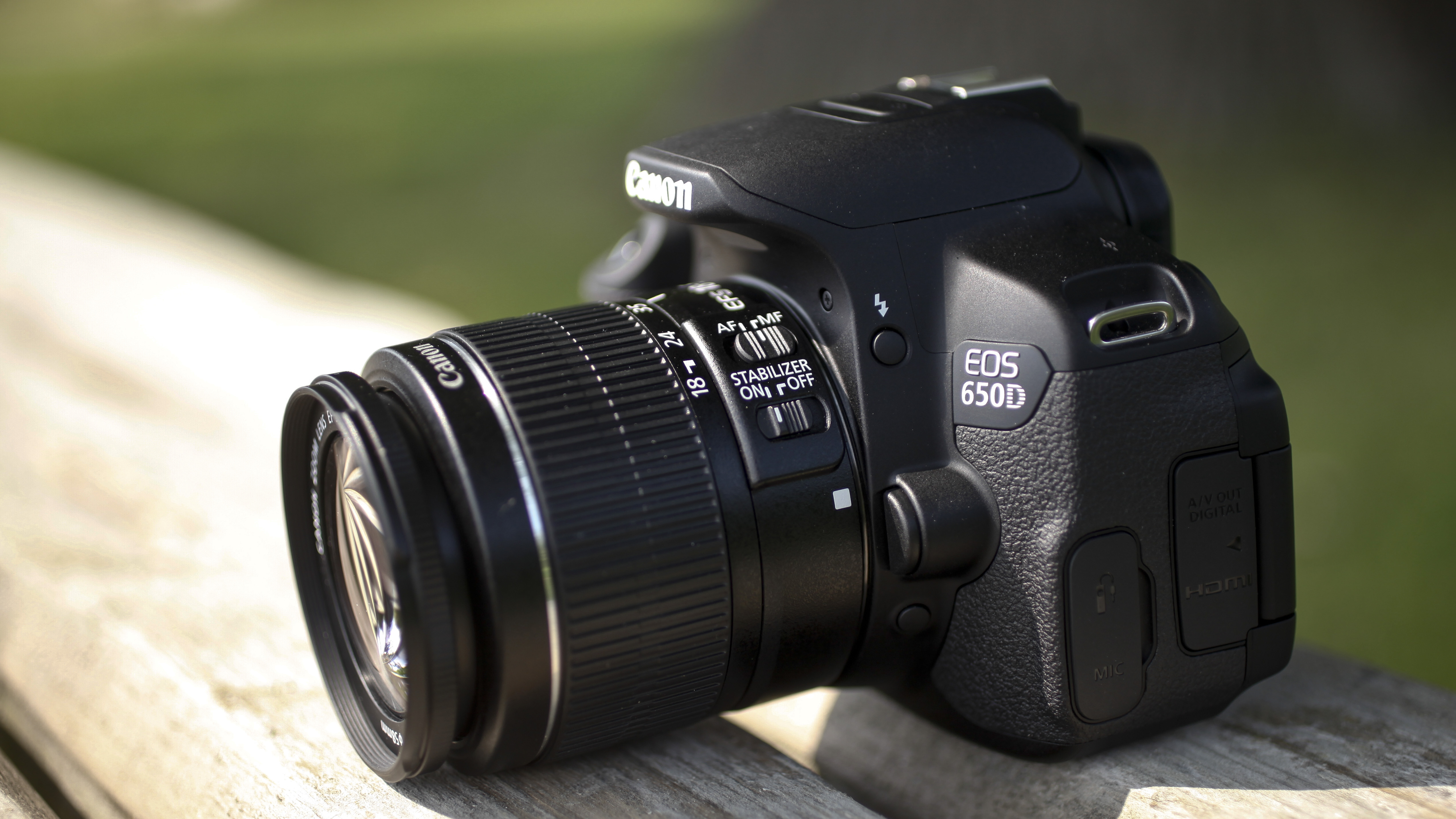
Additionally, the D5200 has several different digital effects, such as Selective Colour and Miniature - these can only be used when shooting JPEG images, so you won't have a raw format version of the image to work with in post-production. The 650D also offers such effects, but they can only be added in-camera after the shot has been taken. This is a little time consuming, but does at least mean you have a "standard" version should you need it.
Canon EOS 650D vs Nikon D5200: Dimensions and weight
Both of these cameras are almost identical in size and weight, with the Canon camera being just a couple of millimetres wider.
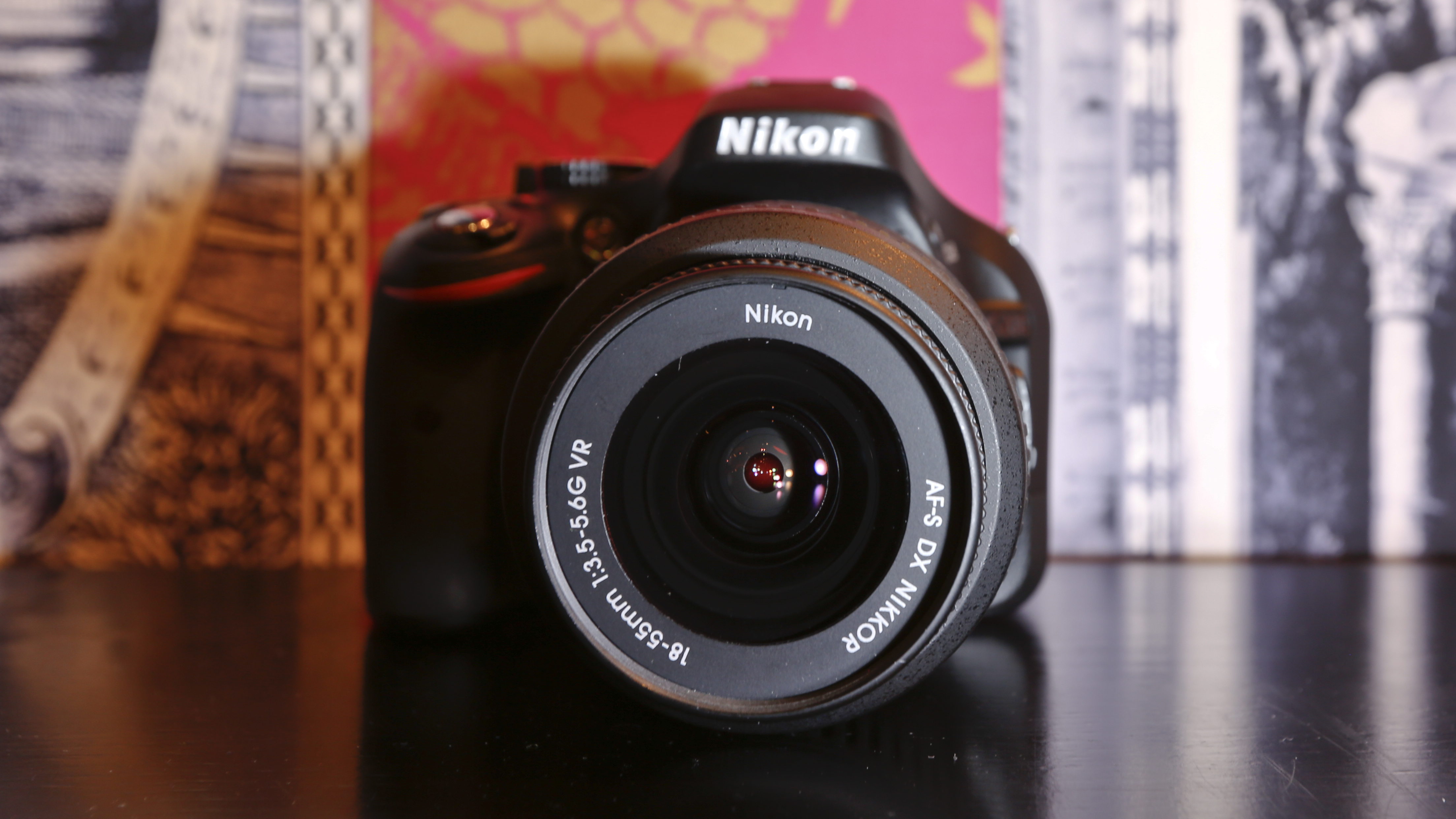
Although obviously not as heavy as their more expensive, full-frame siblings, these cameras are not exactly light either - weighing in at over 500g each. If this is something likely to be problem for you, you might want to think about compact system cameras instead.
Canon EOS 650D vs Nikon D5200: Price
As the Canon SLR is already out in the market, it's available to buy now. You can currently pick it up for around £549, while the Nikon D5200's retail price on launch is expected to be £819. That's obviously quite a marked difference in price, but it's worth noting that the 650D's launch price was also around the £800 mark. If you're prepared to wait for the Nikon to come down in price as well, then it will probably level out to around the same price. If you're a bit keener to get going right away, the Canon will be your best bet.
Canon EOS 650D vs Nikon D5200: Verdict
In many respects, these two cameras offer very similar specifications at pretty similar price points, so it may all come down to personal preference over brands, or the feel of the camera in the hand.
If you want a high resolution camera, with in-built creative effects modes and lots of autofocus points, then the Nikon D5200 will be the more appealing of the two.
However, if the idea of a touchscreen and hybrid autofocusing system catches your attention, then go for the Canon EOS 650D.
Once the Nikon D5200 becomes available for full testing and reviewing, we'll perform a more rigorous head to head comparison and update this page.

Amy has been writing about cameras, photography and associated tech since 2009. Amy was once part of the photography testing team for Future Publishing working across TechRadar, Digital Camera, PhotoPlus, N Photo and Photography Week. For her photography, she has won awards and has been exhibited. She often partakes in unusual projects - including one intense year where she used a different camera every single day. Amy is currently the Features Editor at Amateur Photographer magazine, and in her increasingly little spare time works across a number of high-profile publications including Wired, Stuff, Digital Camera World, Expert Reviews, and just a little off-tangent, PetsRadar.